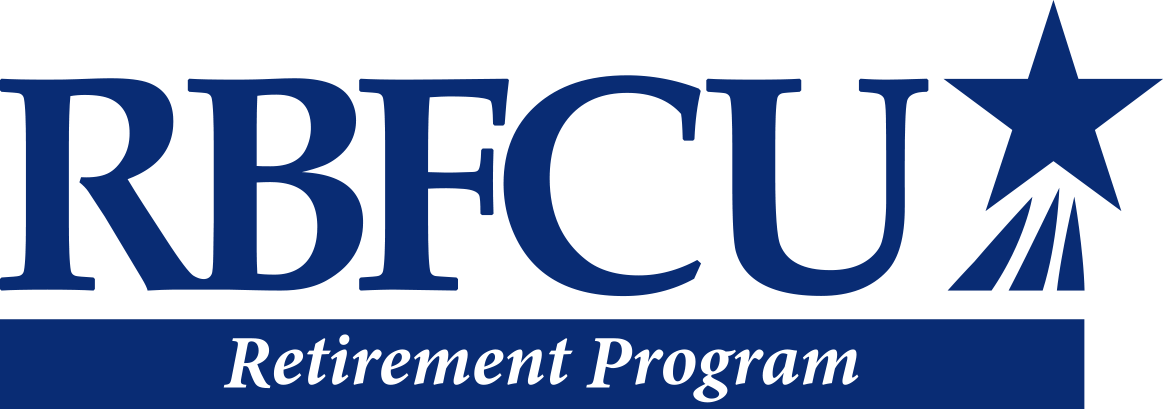Retirement Planning for Every Stage of Your Education Career
As each school year comes and goes, one can witness K-12 students steadily advancing toward their graduation goals. But, as an educator, there’s something else you might want to keep an eye on: Your retirement.

Your career has stages — and so does retirement planning. Whether you are a seasoned educator or it’s your first year walking school hallways and supporting students, there are steps you can take at each stage to advance your retirement goals. And it's never too early — or too late — to begin.
To make sure you are hitting your stride, let’s look at what you can do at each stage of your education career.
Just starting out
It’s exciting to land your first job in education, but begin your career with the end in mind. As you prepare for all that’s ahead with your students, it’s smart to think about your retirement, as far off as it may seem. Some strategies include:
• Know your retirement goals
Before beginning any journey, it’s wise to know where you want to go before you depart. Pause now and consider what you want your retirement to look like — think about when you’d like to retire, where you might want to live and what sort of lifestyle will suit you. Articulating what you want your retirement years to look like — even if it’s 20 years down the road — may help you make steady progress toward your desired financial future.
• Start saving
As a Texas school employee, your paycheck will include your regular contribution to the Teacher Retirement System of Texas (TRS).1 That’s a good first step to your retirement plan. But TRS isn't your only option when it comes to saving for retirement. Consider contributing — also through payroll deductions — to any 403(b) or 457(b) plans your employer may offer.
» Tip: If your income is within income limits for Roth IRA contributions, you can also establish a Roth IRA and make after-tax contributions whenever your budget allows — the 2025 annual contribution limit2 is $7,000 for anyone under the age of 50. Aged 50 or older? You may be eligible for catch-up contributions.
• Budget and watch expenses
Maintain your financial health and look for ways to save for your future by budgeting. Incurring significant debt makes it tough to save, so limit your debt by planning and controlling expenses.
• Consider starting an investment account
Investing3 can help your money grow. Consider working with a financial advisor, and be sure to examine your investments at least annually to adjust for any new life events like marriage, divorce or starting a family.
• Keep contributing to your retirement savings
Look for opportunities to increase your contributions to your retirement savings accounts. Pay yourself first when you receive raises or bonuses — increase your deposits to your retirement plan based upon your pay increase.
Hitting your stride
As your potential retirement date draws closer, it’s time to review your goals — and your retirement timeline — to be sure you’re where you want to be.
• Know where your assets are — and how they're performing over the long term
Review your retirement and investment accounts annually. Adjust as needed to keep your plan on track.
» Tip: Understanding your TRS pension benefits is key to your retirement savings. TRS offers a retirement estimate calculator4 that shows what your monthly annuity will be based on your years of employment. Review the numbers and then look for ways to supplement your TRS pension.
• Contribute as much as possible to your retirement savings
As your salary grows through your career, so should your retirement contributions. Remember to prioritize your savings. A financial advisor can explain various ways you might meet your goals — and help you make the most of your contributions.
• Stay on track no matter where you work
Employment changes shouldn’t derail your savings plan. If you have met the program’s vesting requirements, many employers allow you to retain your pension account — though you won't be able to contribute additional funds to that pension. Other participating programs — 403(b) or 457(b) — may be rolled over into an account with a new employer or other retirement accounts where you can add funds.
Approaching the finish line
You’re comfortable in your job and watching your career grow. But retirement is still on the horizon, so keep an eye on your savings — and your future.
• Adjust your retirement goals, if necessary
As retirement moves closer and closer, check the list of goals you outlined when you began working. Have your goals shifted or changed? Are you planning to retire sooner rather than later? Does relocating now seem more likely? Is a post-retirement career in your future? Your answers could mean adjusting your savings plan or supplementing your savings.
• Review your savings
If you've followed your savings plan and invested wisely, your retirement accounts may be where you’d hoped they be. But you might not have saved as much as you need for the retirement you want — or your investments may have been challenging. Of course, economic pressures like inflation may make retirement more expensive than you’d anticipate. Look for additional ways to save and budget for your retirement.
» Tip: Again, federal law allows you to contribute more to your retirement savings accounts once you turn age 50. You may use these “catch-up contributions”5 to help you save more for retirement.
• Think about post-retirement taxes
Once you retire and begin drawing from your pension and savings accounts, you'll want to understand the tax implications6 of your withdrawals — and position yourself to provide as much tax-free income as possible. Talk with your financial advisor for guidance before retirement to help structure your savings to potentially lower your tax burden.
• Review your pension payment options
TRS offers its members several ways to receive a monthly annuity once you have met the requirements for retirement, including partial lump sum options that reduce the monthly benefit but give you some of your money up front. The TRS Benefits Handbook7 can help answer questions about your payment options.
The takeaway
No matter where you are in your career journey, be sure to keep your retirement plan in mind. Making your retirement savings a priority will help you finish your career strong — and prepare you for the retirement you deserve.
Plan your future with more confidence. When you’re ready for help getting your retirement plan on track, schedule your initial no-cost, no-obligation consultation with the RBFCU Retirement Program.




